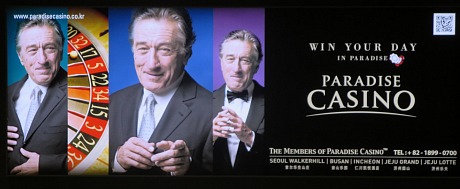Like all Wes Anderson films, I both love and feel hemmed in by Castello Cavalcanti. On one hand I love (as always) the Andersonian style…that feeling of dry but immaculate control of each and every element. And of wry humor. Every time you watch any kind of Wessy flick (commercial, short, feature) this element sinks right the fuck in. That’s a very cool and extremely valuable thing, but you can’t let the old “stamp and imprimatur” concept run the whole show. Or is this inevitable once you’ve found them and vice versa? And yet I love the tiny Italian village vibe (I’ve hung in places like this and there’s nothing better when you’re in the mood for quiet soul-soothings), and I like the race-car metaphor and Anderson’s benevolent notion that life can sometimes nudge you away from that vaguely unsettled or anguished element. It’s all good, all serene.









